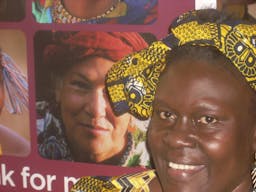FTX VIDEO TRACK HANDOUT.
Jan 21, 2015
Story
BASIC HARDWARE
Computers – the minimum ideal computer configuration for video editing.
1 GHZ processor
512 MB RAM
128 MB RAM graphic card
50GB free space on disk
IE 1394 - firewire port
Camera types/options
Analogue formats
VHS/hi8
Digital formats
MiniDV – mini DV is relatively inexpensive and useful because the length you can record for is only restricted by the length and number of tapes you have.
Most MiniDV cameras allow you to transfer footage to your computer using either a firewire USB cable. Some allow you to output the edited material back to tape.
DVD cameras write footage direct to DVD – this can then be copied to the hard drive of your computer. DVDs are not a particularly stable format and have limited capacity.
Hard disk cameras are increasingly popular as they allow for ‘tape free’ filming. You would normally back/empty the camera hard drive onto a computer hard drive after shooting.
Web cams usually have rather low resolution, but they are incredibly cheap and easy to use – and can be very effective.
Digital stills camera – most digital stills cameras nowadays have a video option – the resolution and length of the footage is likely to be restrictive – but again, these can be effective – and are handy in that they are usually small and fairly easy and quick to use, and generally inoffensive – so in tricky situations they may be more suitable than a bigger video camera.
Mobile phone cameras – as above.
Analogue vs Digital
(note: the difference between analogue and digital:
Digital describes any system based on discontinuous data or events. Computers are digital machines because at their most basic level they can distinguish between just two values, 0 and 1, or off and on. There is no simple way to represent all the values in between, such as 0.25. All data that a computer processes must be encoded digitally, as a series of zeroes and ones.
The opposite of digital is analog. A typical analog device is a clock in which the hands move continuously around the face. Such a clock is capable of indicating every possible time of day. In contrast, a digital clock is capable of representing only a finite number of times (every tenth of a second, for example).
In general, humans experience the world analogically. Vision, for example, is an analog experience because we perceive infinitely smooth gradations of shapes and colors. Most analog events, however, can be simulated digitally. Photographs in newspapers, for instance, consist of an array of dots that are either black or white. From afar, the viewer does not see the dots (the digital form), but only lines and shading, which appear to be continuous. Although digital representations are approximations of analog events, they are useful because they are relatively easy to store and manipulate electronically).




